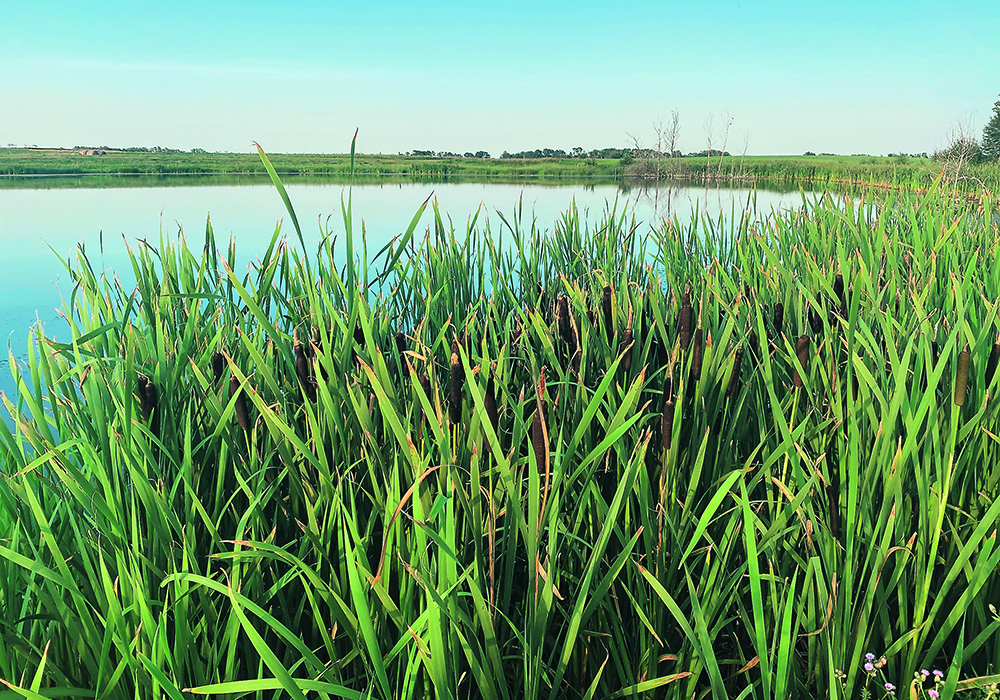World Wildlife Fund says in a report that species considered to be at-risk declined by 59 percent between 1970 and 2016
A global report on the status of at-risk wildlife species lists agriculture as one of 11 primary factors that contribute to the loss of critical wildlife habitat and pose further threats to the survival of endangered wildlife species.
The Living Planet Report, prepared by the World Wildlife Fund, looks at the fate of at-risk wildlife species around the world and in individual countries.
The report’s Canadian analysis suggests that populations of wildlife species considered to be at-risk declined by 59 percent between 1970 and 2016.
Read Also

Farming Smarter receives financial boost from Alberta government for potato research
Farming Smarter near Lethbridge got a boost to its research equipment, thanks to the Alberta government’s increase in funding for research associations.
It also suggests that at-risk species continue to face serious threats including climate change, pollution, transportation and loss of habitat caused by urban expansion, energy production and agricultural activity.
“I think the main take-away is that we’ve seen some pretty significant population declines in those at-risk species,” said James Snider, WWF Canada’s vice-president of science knowledge and innovation.
“It raises a question of what our responsibility is here in Canada, in terms of stewardship and protecting … these species for the future.”
In Western Canada, habitat loss is a significant threat to at-risk wildlife populations.
According to WWF, the conversion of 80 percent of prairie grassland habitat into intensive agricultural land represents a significant threat to vulnerable western Canadian species, such as the burrowing owl.
Overall, agricultural activity is listed by the WWF as the 10th most significant threat to the survival and restoration of at-risk species in Canada.
But there are signs that changing attitudes in Western Canada and changing land management practices are having a positive impact.
Burrowing owl numbers, for example, have rebounded in recent years, although the species continues to face serious challenges.
Snider said protection of habitat is critical to protecting Canada’s at-risk species from further population declines.
In a Sept. 3 interview with The Western Producer, he said Canada needs to start “a new conversation about the relationship between land management, maintaining agricultural productivity and protecting (wildlife habitat) including woodlots and wetlands.”
There is a “tremendous opportunity” for governments, land managers and others to invest in land stewardship initiatives, he said.
“I do think there’s an opportunity in Canada to invest in broad scale restoration,” said Snider.
“Investing in restoration activities can have tremendous value for us, in terms of the pollinators that we depend on, in terms of water and water availability, and in terms of building resiliency to climate change, including things like floods.”
As land managers, farmers have a critical role to play in finding a solution to habitat loss and climate change, he added.
When asked about providing financial compensation to encourage farmers and land managers to preserve critical wildlife habitat and mitigate climate change, Snider said it’s important to “take steps that incentivize changes in land management and investments in habitat protection.”
Incentivizing nature-based climate solutions has the potential to simultaneously benefit at-risk wildlife species, agricultural interests and society as a whole, he said.
“An approach to conservation that is much more open to collaboration rather that antagonistic is needed,” Snider said.
He said Canada should be “very careful” about converting forests and other important carbon sinks into agricultural lands that would increase greenhouse gas emissions and further deplete important wildlife habitat.


















